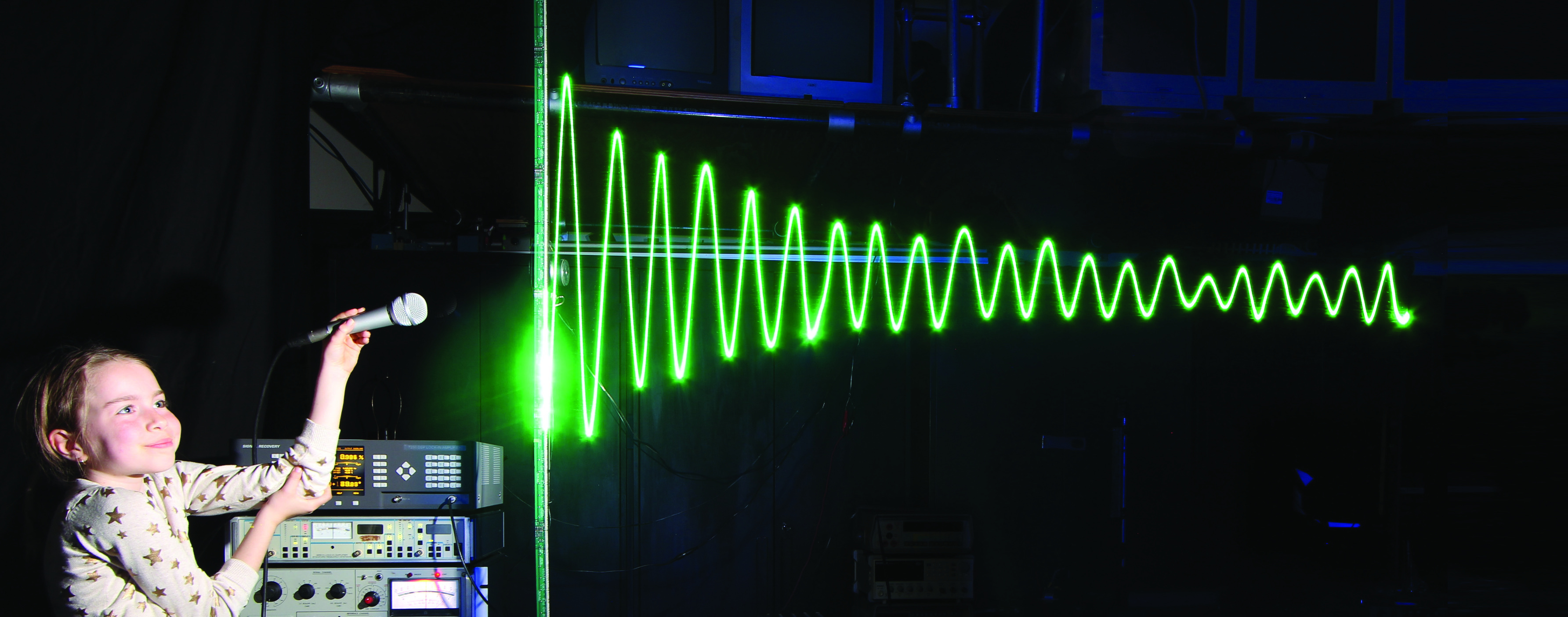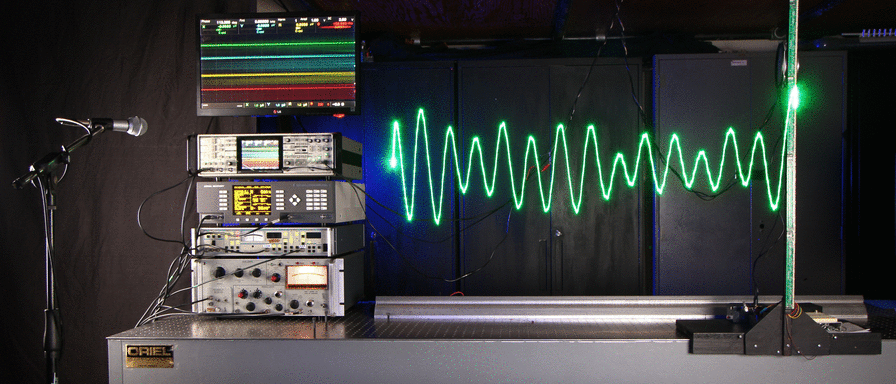VRTO 2016
Code of Ethics on Human Augmentation:
Ending the sensory divide; Feedback delayed is feedback denied.
- Jazz Code Concert, Sat. June 25th;
- Keynote Sun. June 26th 9:15am;
- Panel immediately following Keynote.
Creators of technology tend to focus mainly on their customers without due regard for how their technology will affect non-adopters. For more than 40 years I've lived everyday life in a tetherless free-roaming virtual reality universe of my own making where I could see sound waves, radio waves, and more profoundly, see sight itself. And my most profound discovery was not what was inside that universe, but what was at its boundaries, especially its societal boundaries. In the 1970s I could choose to live in a world where the speed of light was exactly equal to zero, so I could see, touch, and hold radio waves as virtual objects sitting perfectly still. In the 1990s this invention formed the basis of my portfolio for successful admission to MIT MediaLab where I founded the MIT wearable computing project as its first member, and brought this concept to a global audience [Negroponte 1997].
The long-term risks of artificially intelligent machines are well-known and much talked about ("The Singularity is Near!").
Less understood, but more immediately pressing, are the risks that humanistically intelligent entities pose right now, whether facilitated by "smart buidings", "smart cities" (a camera in every streetlight), or "cyborgs" with wearable or implantable intelligence. This sensory intelligence augmentation technology is already developed enough to be dangerous in the wrong hands, e.g. as a way for a corrupt government or corporation to further augment its power and use it unjustly.
The Keynote at the World Transhumanist Association's annual conference in 2004 connected this question with the ethics communities, leading to what Minsky, Kurzweil, and I call the "Sensularity" (sensory singularity) [Minsky, Kurzweil, Mann 2013]. Augmented reality is not just about eye glass, but it already affects all of us ever hour of every day -- cities, buildings, cars, and now people, have augmented sensory intelligence that affects us both virtually and in reality.
Accordingly, we, invite all of you to be not just signatories to the "laws" of human augmentation, but to participate in the drafting and ratification of the written draft of these "laws" on the morning of June 26th, together with:
- Brett Leonard, Director: The Lawnmower Man (the first film to present a cautionary tale on virtual reality);
- Robin Ingle, chairman and CEO of Ingle Insurance;
- Ken Nickerson, co-founder of Kobo ebooks;
- Dan Braverman, (Princeton University, Harvard Law),
Founder of St. Anthony Capital Partners;
- Mir Adnan Ali, founder and CEO of CG Blockchain, the technology that will serve as the enforcement mechanism of our "Laws";
- Graeme Moffat, PhD, VP of Scientific & Regulatory Affairs - InteraXon Muse; and
- Ana Serrano, Chief Technology Officer, Canadian Film Centre.
- Moderator: Steve Mann
For more info, see
http://wearcam.org/code.htm
Steve Mann, Chief Scientist,
Metavision.com

Stephanie, Age 9, can see sound waves with the Sequential Wave Imprinting Machine, invented by Steve Mann in 1974.


